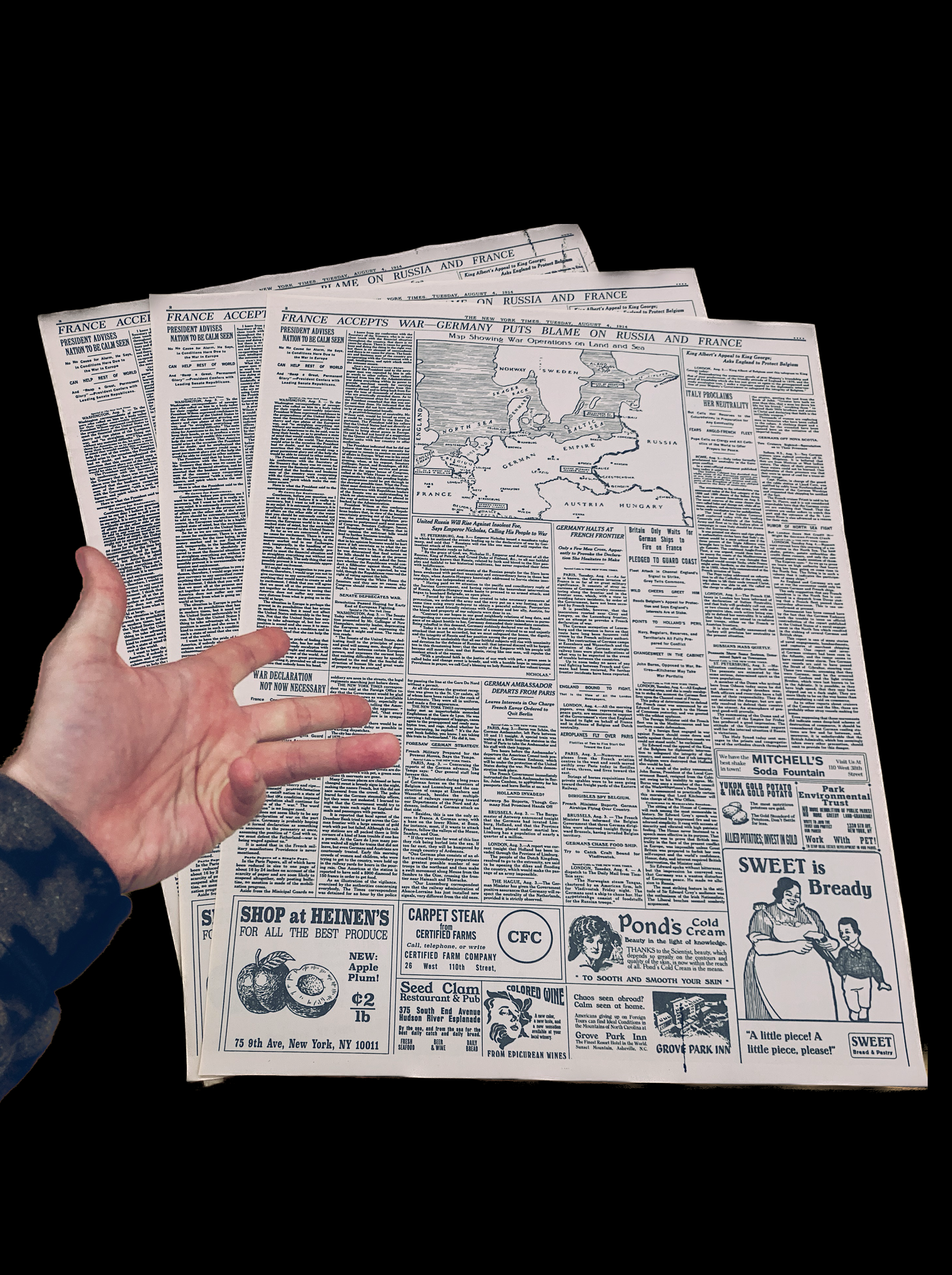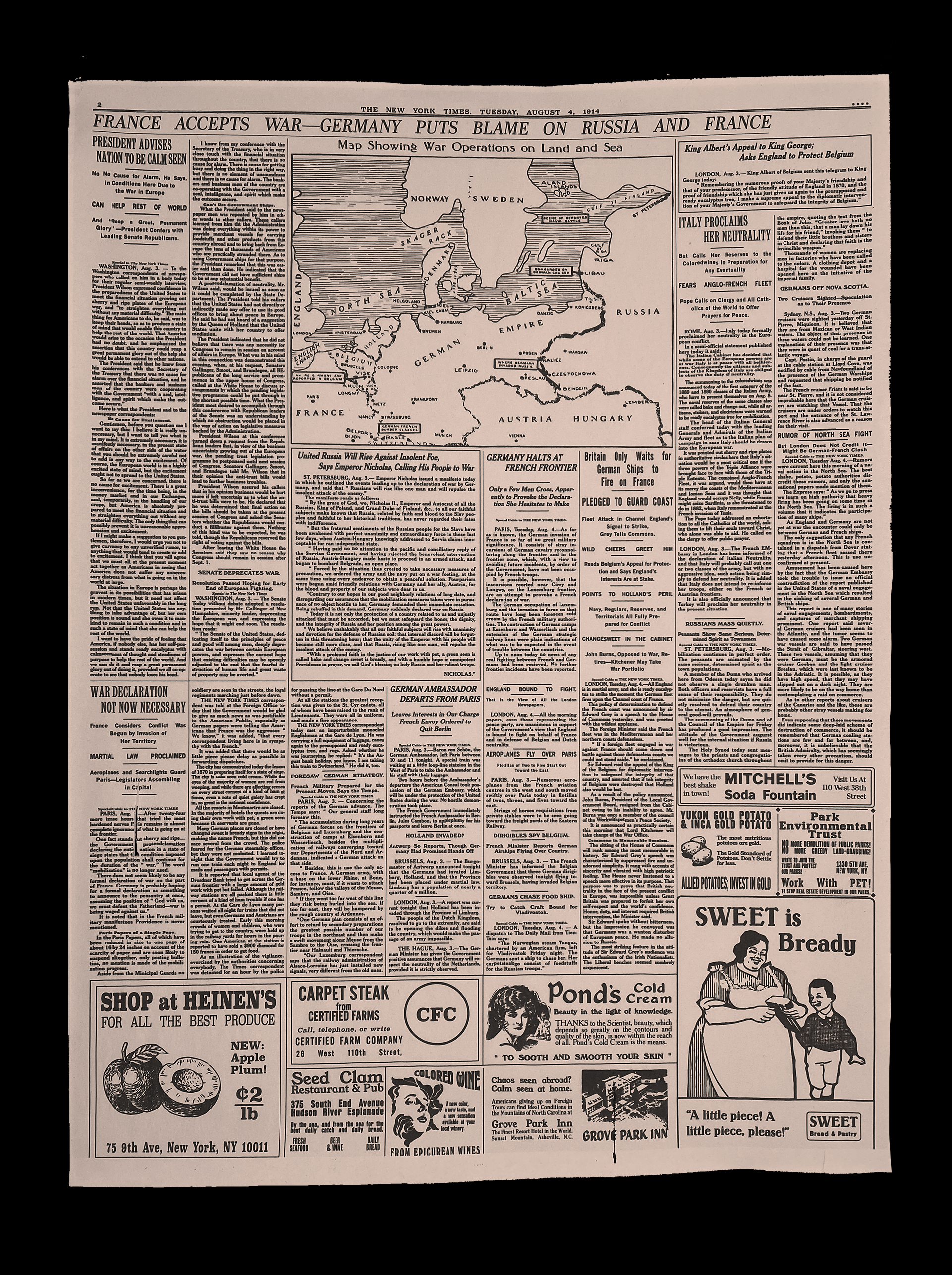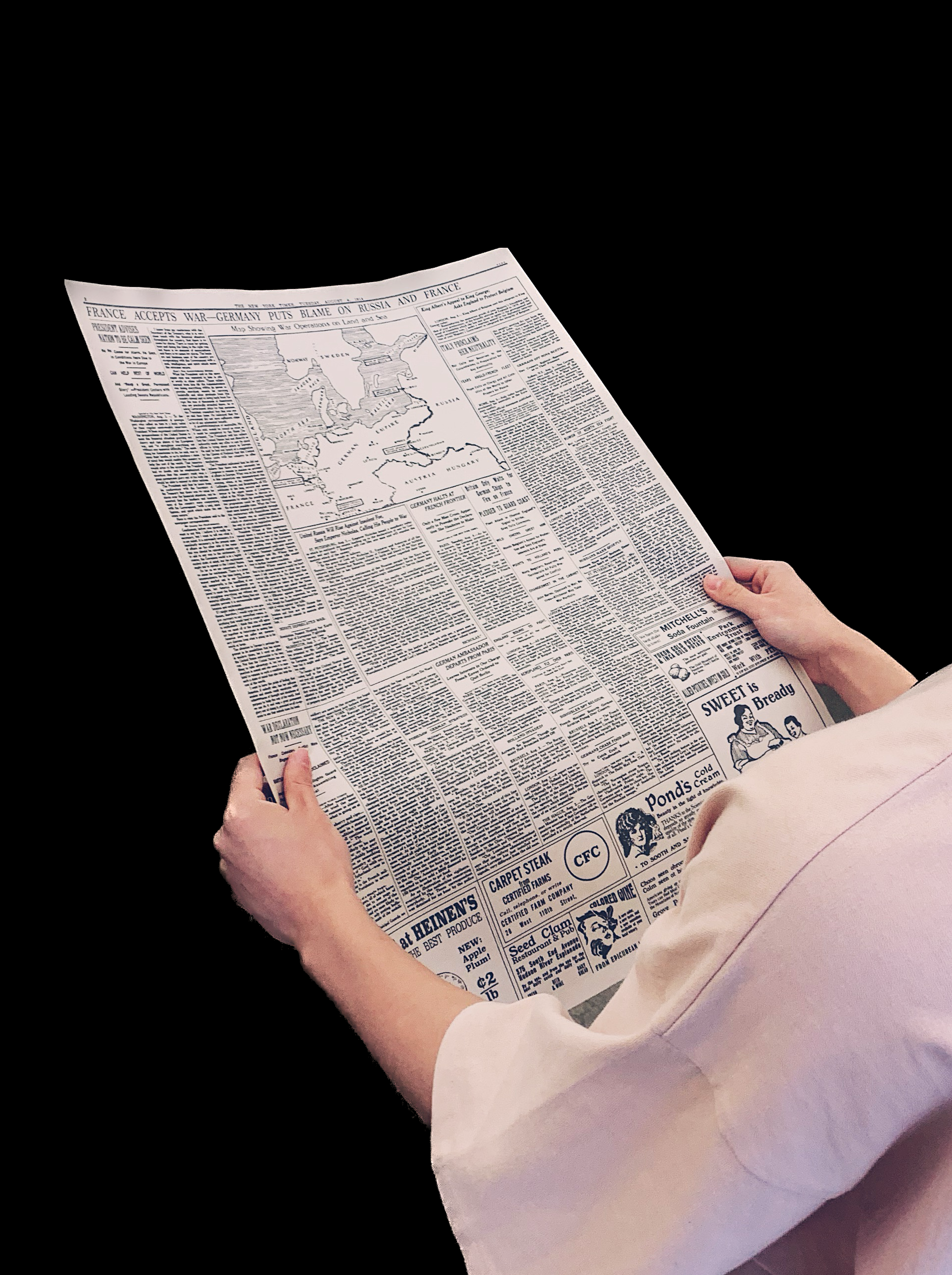Motion:
A Little Peace, Please



This project was inspired by Gertrude Stein who just kept on writing absurd nonsense while the world plunged into war, which I find totally understandable.
The Ramp I and II
The Ramp, as it is colloquially known to CFA students, is one of the most peculiar and fascinating spots on campus.
How To Avoid Cults
Vertigo Credits
I love Saul Bass. This was the first thing I ever made in AfterEffects. And it looks like it. Sorry, Saul.